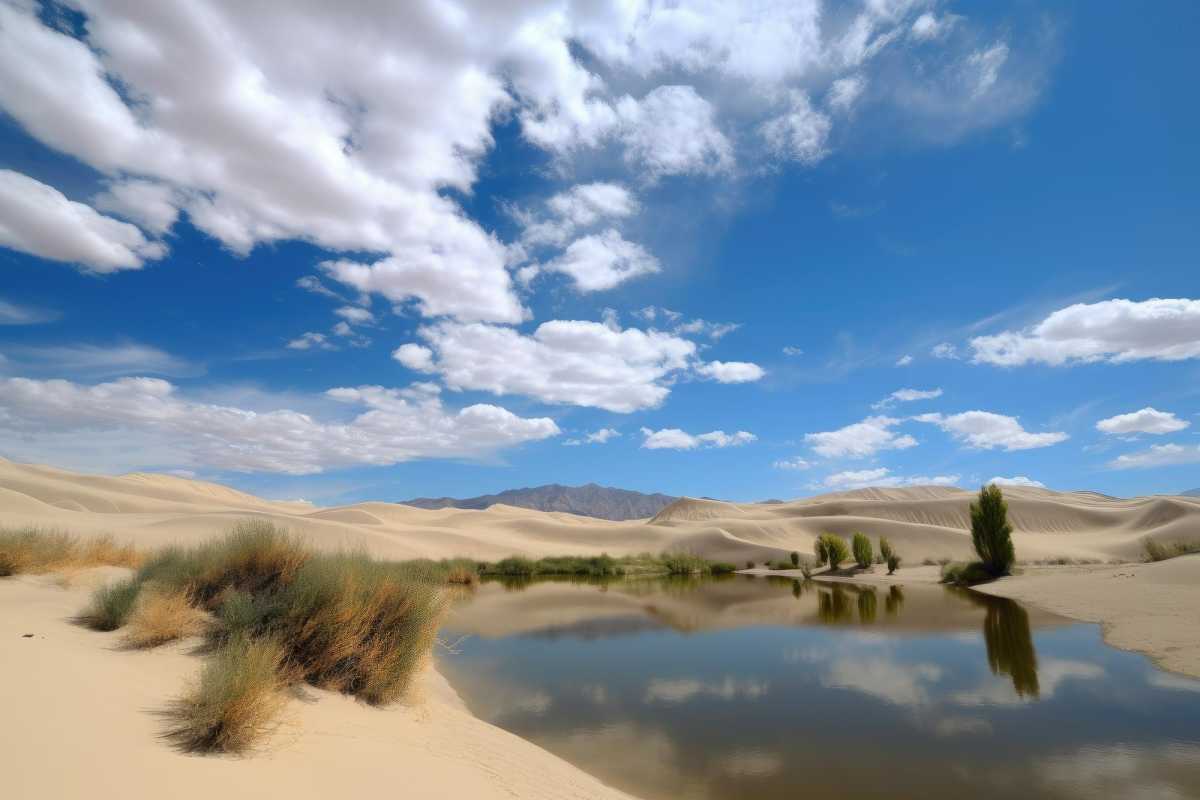Rain in the Namib Desert
Over the month of February, Namibia has seen incredible rainfall to replenish the parched environment of many years of draught. This resulted in the immediate transformation of landscapes into lush, green expanses and most of our otherwise dry rivers were flowing for days on end.

In the driest desert in the world, the Namib, rains are scarce and every drop of water is welcomed as a blessing. The most incredible occurrence in Namibia is when the water reaches our largest sand dunes at Sossusvlei.

Within the Namib Sand Sea ( a World Heritage Site) there are only two ephemeral watercourses, namely the Tsondab and Tsauchab. These erratic rivers, which are fed in the escarpment region, flow through ancient palaeo valleys to their end points, the Tsondab and Sossusvalley. While the Sossusvlei pan has been shaped over time by the Tsauchab River, the actual flooding of the pan nowadays is extremely rare. Indeed, both rivers only reach their respective terminuses very occasionally; last time it Sossusvlei was full of water was 2008.

This extraordinary phenomenon occurred with full force during beginning of Feb 2022; The Tsauchab River flowed through the desert for about 2 weeks, filling up most pans between the dunes
In addition to that, the Tsauchab River filled up the Sesriem Canyon, creating interesting swimming opportunities between the rugged canyon walls. The inundation of water in the desert is also of utmost importance for groundwater replenishment.
Currently most of Namibia’s important dams are filled to the brim, marking an end to the crippling drought Namibia experienced for the last few years.





